JVC KD-R207EE Manual
| Mærke: | JVC |
| Kategori: | Bilradio |
| Model: | KD-R207EE |
Har du brug for hjælp?
Hvis du har brug for hjælp til JVC KD-R207EE stil et spørgsmål nedenfor, og andre brugere vil svare dig
Bilradio JVC Manualer
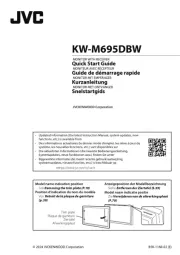
5 September 2025
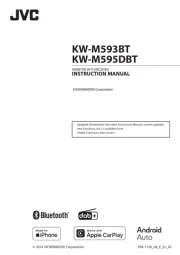
4 September 2025

12 Januar 2025

15 Oktober 2024

30 September 2024

26 August 2024

19 August 2024

15 August 2024

15 August 2024

12 August 2024
Bilradio Manualer
- Clatronic
- MTX Audio
- Cartronix
- Tokai
- Toxic
- Crunch
- SilverCrest
- Daewoo
- Mac Audio
- MB Quart
- Fusion
- Autovision
- Varta
- Snooper
- Harman Kardon
Nyeste Bilradio Manualer

4 December 2025

30 November 2025
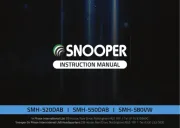
11 November 2025
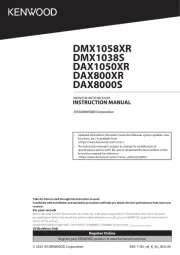
8 November 2025
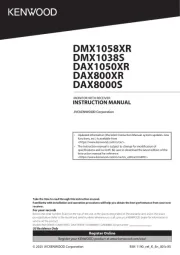
8 November 2025
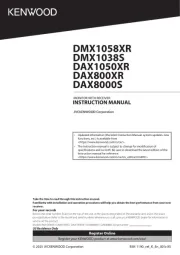
7 November 2025

30 Oktober 2025

30 Oktober 2025

28 Oktober 2025

19 Oktober 2025
